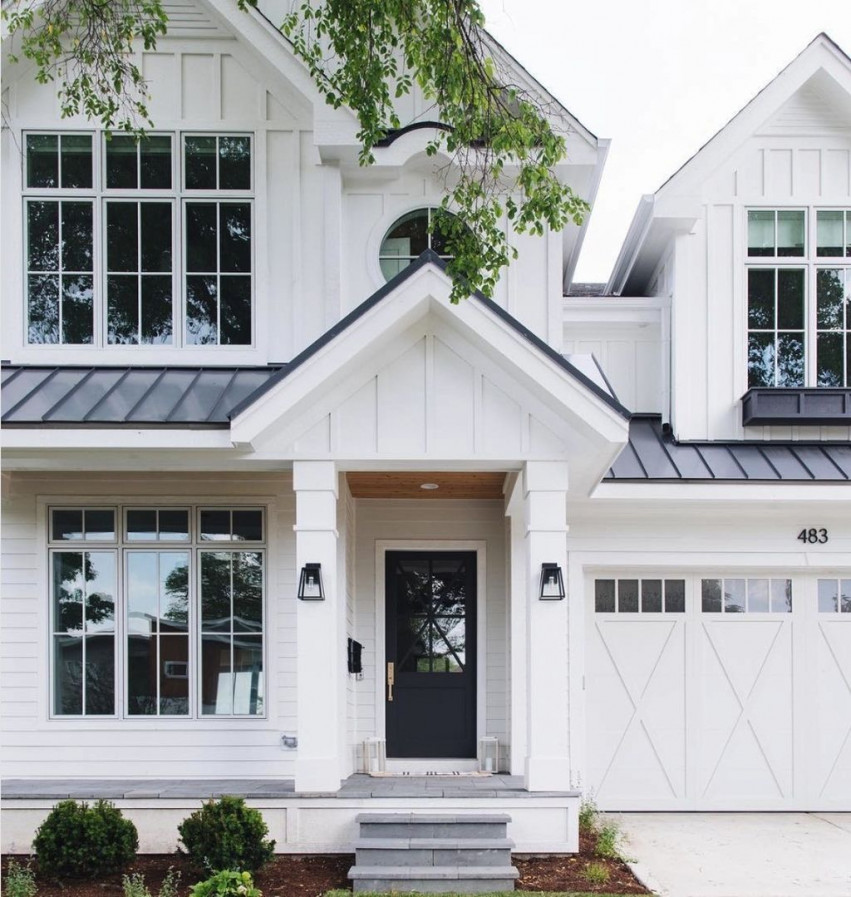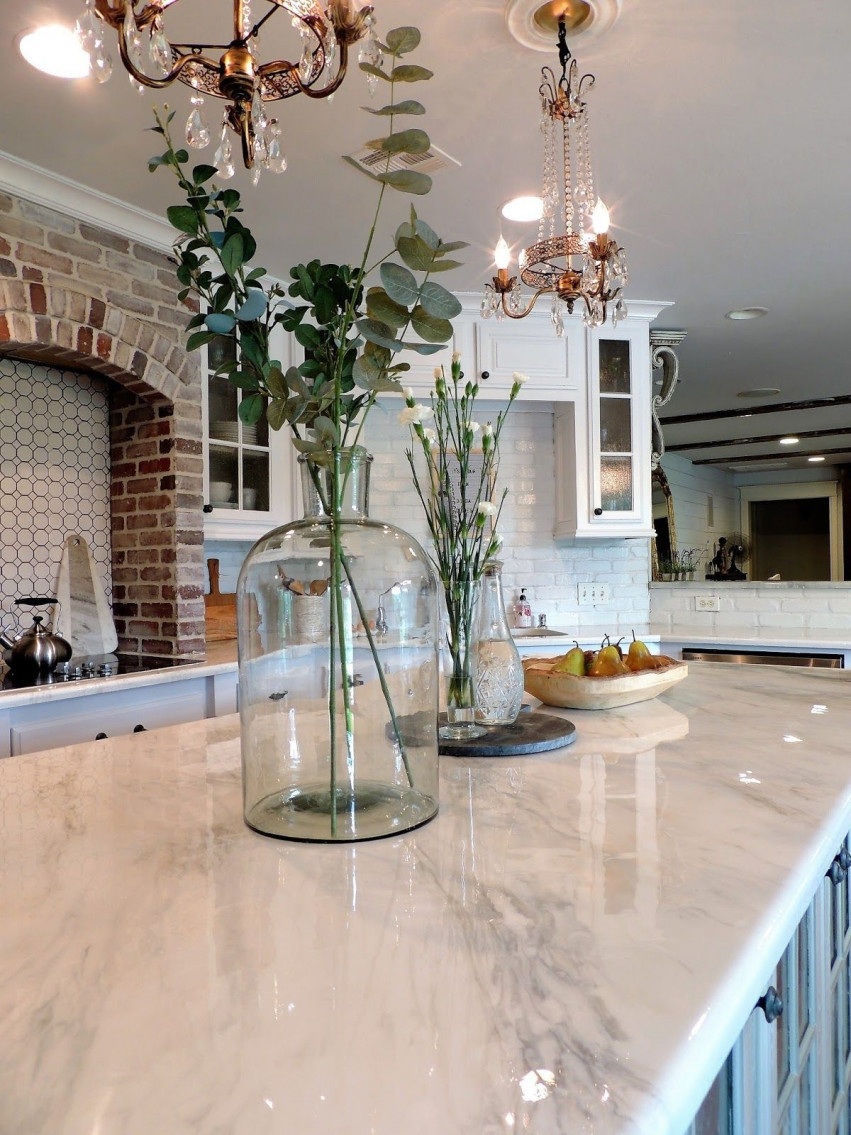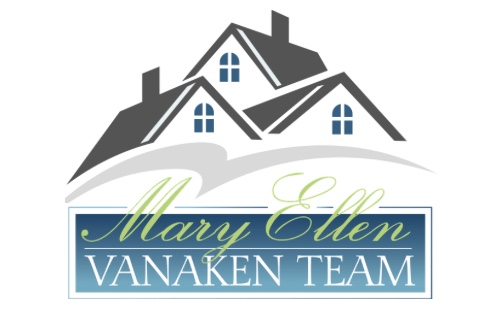Updating Your Home to Sell
Updating Your Home to Sell: What Matters Most
Selling your home is no easy task. There is a lot to consider, such as repairs, updates, and selling price, and they all go hand in hand. Deciding on a selling price can help you determine which home improvements are needed and which ones simply won’t make much difference.
Establish a Selling Price
Deciding on your desired selling price should be the first thing you do before deciding on which improvements to make. Begin by researching comparable listings and sales in your neighborhood to get an average selling price. Make sure the homes you are looking at are as similar as possible in square footage, age, and amenities. It’s also a good idea at this point to ask your realtor to walk through your home and give you an idea of its estimated selling price.
Once you have established your goal selling price, you can begin deciding which home improvements will give you the most value. Do you think that your home is reasonably close to that selling price? Could your home really benefit from a fresh coat of paint? Start with important improvements and work your way toward cosmetic updates until you feel that your home is close to your desired selling price.

Major Repairs
Structural repairs are by far the most important projects you will need to tackle before selling your home, and according to Homelight, roofing is number three on the “must-fix” list. Roofing is behind only faulty wiring and poor grading and drainage, and for good reason. Leaky roofs can cause major problems in other areas of your home, including attics and ceilings, and can compromise structural integrity. So, before anything else, make sure your roof is sound. Check out this helpful article from Redfin about when you need to repair your roof.

DIY Home Repairs
While some projects require hiring a professional, there are many repairs you can do yourself that will still add value to your home. According to DIY Network, painting is “one of the simplest, most cost-effective improvements” you can make. Neutral colors appeal to the most people in general, but Country Living says that homes with bathrooms painted light shades of blue sell for about $5,000 more than expected.
Other DIY projects that increase your home’s value are replacing outdated curtains, planting trees, and updating faucets and fixtures. Cleaning up the house and yard will also add value by giving home buyers a good first impression. According to Movoto, buyers make a decision about a potential home within 15 seconds. So, keep the walkways swept and floors spotless.

Cosmetic Updates
Don’t get too crazy with cosmetic updates, or you will wind up sinking more money into your home than you get back. But there are several areas to consider sprucing up. For example, hardwood floors are highly sought after, so if your carpet is old, you might check to see what’s underneath. It could be worth ripping it up and starting fresh. Other improvements might include refacing cabinets, adding granite countertops, or replacing toilets.
Not all home improvement projects are created equal. Some will have you sinking money into your home that you’ll never get back, while others will increase the market value, making it more likely to get snatched up by potential buyers. Your job as the seller is to figure out the difference. If you are not sure, it’s always a good idea to hire a professional or enlist the help of the real estate agent you intend to use. If you make smart decisions about the improvements you make, you will sell your home faster and at a better price.
This article is brought to you by Jim McKinley.
Jim McKinley is a retired banker with almost 30 years of experience. He created MoneywithJim.org to share his advice and other resources on a variety of financial topics. In his spare time, he spends time with his family and his dogs.
All photos via Pinterest.



.png)

